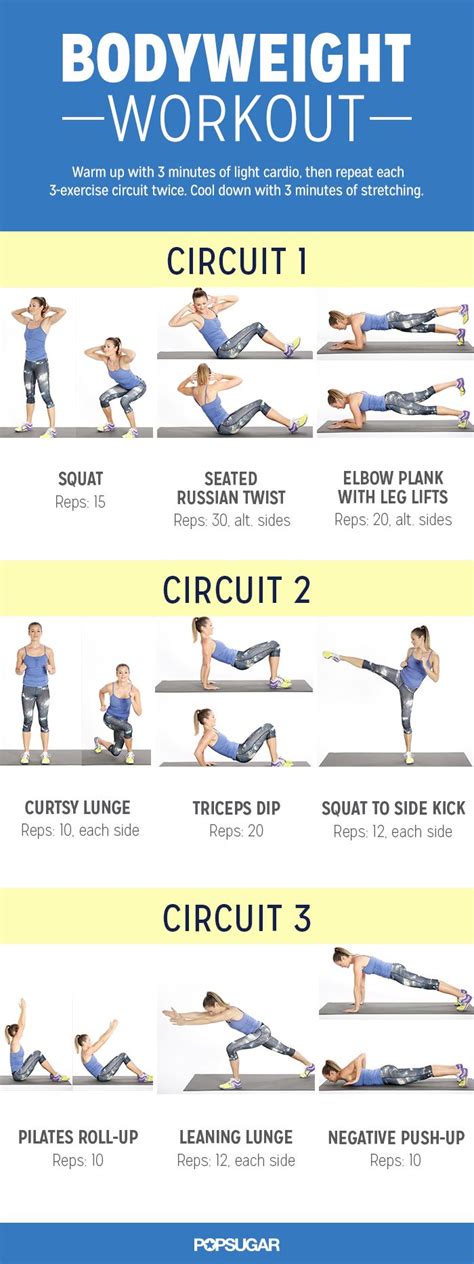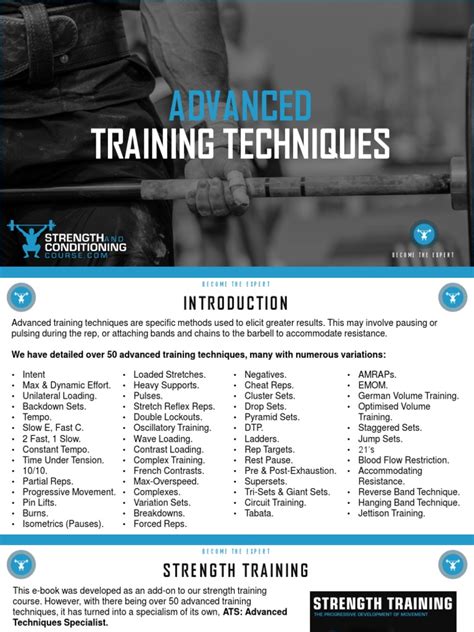Break through strength plateaus: top strategies for peak muscle gain?

Conquering Strength Plateaus: Your Blueprint for Continuous Muscle Growth
Every serious lifter eventually encounters a strength plateau – that frustrating point where your progress grinds to a halt despite consistent effort. It’s a common hurdle, but it’s also a clear signal that your body has adapted to its current demands and needs a new stimulus to continue growing. Breaking through these barriers isn’t just about pushing harder; it’s about training smarter. By strategically adjusting your workout, nutrition, and recovery, you can reignite your growth and achieve peak muscle gain.
Understanding the Plateau Predicament
Your body is an incredibly adaptive machine. When you first start lifting, it responds rapidly to the novel stress, leading to quick gains in strength and size. However, over time, it becomes more efficient at handling the loads you throw at it. This adaptation is great for survival, but it means that the same old routine will eventually cease to be challenging enough to trigger further hypertrophy. A plateau is not a sign of failure; it’s an invitation to evolve your training approach.

The Cornerstone: Mastering Progressive Overload
At the heart of all muscle growth is the principle of progressive overload. This means continually challenging your muscles to do more than they are accustomed to. If you’re not consistently increasing the demands placed on your body, you simply won’t grow. There are several ways to implement progressive overload:
- Increase the weight: The most straightforward method.
- Increase the reps: Perform more repetitions with the same weight.
- Increase the sets: Add an extra set to your exercise.
- Decrease rest times: Shorten the breaks between sets to increase intensity.
- Increase time under tension: Slow down your movements to keep muscles engaged longer.
- Increase frequency: Train a muscle group more often per week.
The key is to track your workouts diligently. Know what you lifted last time and aim to slightly improve upon it in one of these metrics.
Shock Your System: Strategic Training Variation
While progressive overload is paramount, your muscles can also become accustomed to the same movement patterns. Introducing variety can shock your system into new growth by hitting muscles from different angles and engaging stabilizing muscles differently.
- Vary Exercise Selection: Swap out barbell bench press for dumbbell press, or back squats for front squats.
- Change Rep Ranges: Alternate between strength-focused (low reps, high weight) and hypertrophy-focused (moderate reps, moderate weight) phases.
- Incorporate Different Training Splits: Experiment with full-body, upper/lower, or push/pull/legs routines.
- Adjust Tempo: Vary the speed of your lifts (e.g., slow eccentrics).

Fueling Growth: Nutrition for Peak Muscle Gain
You can train perfectly, but if your nutrition isn’t dialed in, your body won’t have the resources to repair and grow. To break through a plateau, you likely need to reassess your caloric intake and macronutrient ratios.
- Caloric Surplus: To build muscle, you need to consume more calories than you burn. A modest surplus (200-500 calories above maintenance) is ideal to facilitate growth without excessive fat gain.
- Adequate Protein Intake: Protein is essential for muscle repair and synthesis. Aim for 1.6-2.2 grams of protein per kilogram of body weight daily, spread throughout the day.
- Carbohydrates for Energy: Carbs fuel your workouts and replenish glycogen stores, which are crucial for performance and recovery.
- Healthy Fats: Important for hormone production and overall health.

The Unsung Hero: Optimized Recovery
Muscle isn’t built in the gym; it’s built during recovery. Neglecting this crucial aspect can quickly lead to overtraining and stalled progress.
- Prioritize Sleep: Aim for 7-9 hours of quality sleep per night. This is when your body releases growth hormone and repairs tissues most effectively.
- Strategic Deloads: Every 8-12 weeks, consider a deload week where you significantly reduce your training volume and intensity. This allows your body and nervous system to recover fully and come back stronger.
- Active Recovery: Light cardio, stretching, or foam rolling can aid blood flow and reduce muscle soreness.
Advanced Tactics for Stubborn Plateaus
Once you’ve mastered the fundamentals, certain advanced training techniques can provide an extra push:
- Drop Sets: Perform a set to failure, then immediately reduce the weight and continue for more reps until failure.
- Supersets: Perform two different exercises back-to-back with no rest in between.
- Rest-Pause Sets: Perform a set to failure, rest for a brief period (10-20 seconds), then perform a few more reps with the same weight.
- Partial Reps: Use heavier weights than normal, performing reps through only a portion of the movement’s range to overload specific points.
- Forced Reps: With a spotter’s help, continue a set beyond your point of failure.

Mind-Muscle Connection and Form Perfection
Sometimes, a plateau isn’t about lack of effort but lack of efficiency. Focus on feeling the target muscle work through the entire range of motion. Perfecting your form not only prevents injury but ensures that the intended muscles are receiving the maximum stimulus, which is crucial for continued growth.
Conclusion
Strength plateaus are an inevitable part of the muscle-building journey, but they are far from insurmountable. By adopting a scientific and strategic approach – focusing on progressive overload, intelligent training variation, precise nutrition, ample recovery, and mindful execution – you can consistently break through these barriers and unlock new levels of strength and muscle mass. Stay patient, stay consistent, and keep challenging your body to adapt and grow.








